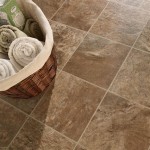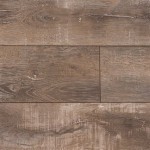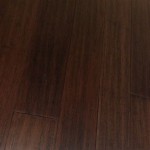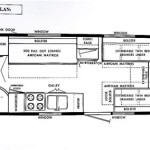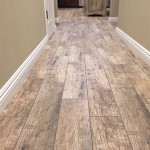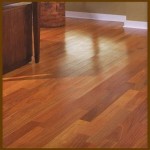Laminate Wood Flooring: Unraveling the Essential Aspects
Laminate wood flooring, a prevalent choice among homeowners, offers a combination of durability, affordability, and aesthetic appeal. To fully comprehend its essence, let's delve into its defining characteristics and critical considerations.
Composition and Construction
Laminate wood flooring comprises four distinct layers, each contributing to its performance and longevity:
Backer Layer: The foundation, typically composed of high-density fiberboard (HDF) or plywood, provides stability and moisture resistance.
Core Layer: A thick, durable layer typically made of melamine resin, offering strength and impact resistance.
Design Layer: A photographic image of real wood printed onto paper, replicating the natural grain and appearance of hardwood.
Wear Layer: The topmost protective layer made of melamine or aluminum oxide, resisting scratches, stains, and wear.
Advantages and Disadvantages
Advantages:
Durability: Laminate flooring is highly resilient to wear, scratches, and moisture, making it suitable for high-traffic areas.
Affordability: Compared to real hardwood, laminate flooring is a more budget-friendly option.
Easy Installation: With its locking system, laminate flooring can be installed quickly and efficiently without the need for glue or nails.
Variety of Styles: Laminate flooring comes in a wide range of styles, from classic oak to modern rustic, allowing for customization.
Disadvantages:
Not Water-Resistant: Although moisture-resistant, laminate flooring is not waterproof and can be damaged by prolonged exposure to water or spills.
Non-Repairable: Unlike real hardwood, laminate flooring cannot be sanded or refinished, requiring replacement in case of severe damage.
Choosing the Right Laminate Wood Flooring
Selecting the ideal laminate wood flooring for your space involves considering the following factors:
Traffic Level: Choose a laminate flooring with an appropriate AC rating (e.g., AC3 for low traffic, AC5 for high traffic) to ensure durability.
Subfloor Type: Determine whether your subfloor is compatible with laminate flooring, as some need an additional underlayment.
Moisture Level: Select a moisture-resistant laminate flooring if your space experiences humidity or potential for water exposure.
Style: Choose a design that complements your décor and personal preferences.
Maintenance and Care
To preserve the beauty and longevity of your laminate wood flooring, regular maintenance is essential:
Regular Sweeping and Mopping: Use a soft broom or vacuum cleaner to remove loose debris. Damp-mop with a pH-neutral floor cleaner for a deeper clean.
Avoid Abrasive Cleaners: Do not use abrasive cleaners or steel wool, as they can damage the wear layer.
Use Floor Protectors: Place mats or rugs in high-traffic areas to prevent scratches.
Immediate Spill Cleanup: Wipe up spills promptly to avoid moisture penetration.

Engineered Flooring Vs Laminate Everything You Need To Know Forbes Home

Laminate Flooring Wikipedia

Laminate Floor Guide Lowe S

What Is Laminate North American Flooring Association

Everything You Need To Know About Laminate Tarkett

Laminate Vs Hardwood Flooring Major Differences Forbes Home

Trafficmaster Laminate Flooring Reviews Is It Worth Floorings

Vinyl Vs Laminate Flooring Pros Cons And Differences Forbes Home

Types Of Hardwood Flooring Forbes Home

What Is Wood Laminate Definition Of











